There are more interesting articles, commentaries and analyst reports on the Web every week than anyone could read in a month.
Each Saturday morning I like to share some of the ones I’ve read during the week.
The weekend will be over before you know it, so enjoy some weekend reading.
Sydney, Melbourne among the world’s most expensive cities to move to: study
You can live in the most sought out cities – but it will cost you.
While Sydney and Melbourne are two of the most popular cities to live in, they are also two of the most experience according to this article from Domain.com.au.

Two Australian cities have been declared some of the most expensive places to move in the world, according to a study released by a Berlin-based company.
Sydney is sixth most expensive and Melbourne 14th, according to furnished apartment listing service Nestpick.
On Tuesday it revealed which of 80 major immigration hotspots in the world are the most expensive for new residents to put down roots.
The two state capitals were joined at the top of the list by locations like Auckland (second), New York (fourth) and London (fifth).
Melbourne has been named the 14th most expensive city in the world to move to. Photo: Michael Rayner
The first month’s costs of moving to each city were broken down into several different categories.
In total Sydney cost $3938.30 and Melbourne $3241.75.
The study targeted international migrants so visa costs were included and the most expensive city, Dubai ($5580.97) also had the second most expensive visa after Auckland.
Other factors taken into account were the costs of renting a furnished apartment, internet and phone plans, food and drink, and transport.
Sydney ranked sixth in the study. Photo: James Brickwood
There also appeared to be some correlation between the most expensive cities and the world’s most livable.
Austrian capital Vienna is the world’s most livable city in the most recent study by Mercer.com.
It’s the 27th most expensive to move to at $2557.62.
Zurich is second most livable and eighth most expensive at $3807.73.
Auckland is the third in the livability ratings and Sydney and Melbourne are 11th and 16th most livable, respectively.
Nestpick’s managing director Ömer Kücükdere said his company compiled the list to help those moving to some of the world’s most desirable cities.
“The cost of living is often a huge factor for those looking to move, with the initial month almost always incurring extra costs due to potential visa applications,” he said
Read the full article here
Housing finance softer again in April
It looks like April saw a drop in lending.
This Blog by Pete Wargent shows the statistics.
Investors squeezed
Total trend housing finance continued to soften in April 2018, down from $33.2 billion at the market peak in January 2017 to $32.1 billion, a total decline of 3.2 per cent.
Total home lending is at the lowest level in around 1½ years.
There’s no doubting the drivers of this.
Back in the first half of CY2015 the monthly trend for investment loans was temporarily tracking above $14 billion per month.
But the squeeze is now on, with that figure now down to $11 billion…and falling.
One interesting point of note is that lenders are quietly taking the brakes off for the upgrader cohort, with the derived average loan size for non-first homebuyers rising to $410,400 in April, comfortably the highest level on record.
Read the full article here
In just one word, the RBA has reinforced how important economic growth will be before official interest rates begin to rise
What will it take for interest rates to rise?
Ab article on Business Insider looks at what the RBA has to say.
For several months the Reserve Bank of Australia (RBA) has indicated that the next move in official interest rate is likely to be up rather rather than down, underpinned by the belief that faster economic growth and tighter labour market conditions should help to gradually boost wage pressures and lift underlying inflation back to the midpoint of its 2-3% target.
If all goes to plan, the RBA will lift interest rates for the first time since late 2010.
However, in a speech to the Australian Industry Group luncheon today in Melbourne, RBA Governor Philip Lowe introduced a caveat on the view that the next is likely to be higher.
Here’s the paragraph in question.
Our emphasis in bold.
The national accounts provided confirmation that the Australian economy is moving in the right direction.
If this continues to be the case, it is likely that the next move in interest rates will be up, not down.
The national accounts Lowe refers to is Australian GDP.
If the acceleration in the March quarter report released last week is maintained, on average, throughout this year and next — something the RBA currently expects — then the next move in the cash rate is likely to be up, not down.
However, if it’s not, sluggish economic growth will make it harder to lower unemployment and boost wage and inflationary pressures, creating the alternate scenario where the next move could be potentially down, not up.
Read the full article here
City escapees & where they’re moving
More than ever it would seem that Aussies are leaving the big smoke behind in search of a a change.
But where are they going?
In this article for Switzer, John McGrath looks at the figures.
Some are swapping Sydney for Melbourne, others are heading to commuter regions and pretty much everyone wants to live on the Gold Coast, according to new figures on internal migration recently released by the Australian Bureau of Statistics and analysed by CoreLogic.
The figures looked specifically at where people from capital cities moved to in 2016-17.
Here are the key trends.
Sydney to Melbourne
About 14,400 people moved from Sydney to Melbourne in 2016-17.
This city swap isn’t surprising because as great as Sydney is, Melbourne offers much of the same big city benefits including plenty of recreational facilities, high quality education and job opportunities – but more affordable housing.
Melbourne has a median house price that is $198,000 lower than Sydney and a median apartment price that is $176,000 cheaper.
There’s no doubt property prices in both markets will grow in the future, so Melbourne has plenty of appeal for those who are stretched financially in Sydney.
Melbourne is currently Australia’s fastest growing capital city, with 2.7% growth compared to 2% in Sydney in 2016-17.
While Melbourne experienced a net internal migration gain, Sydney had a loss.
Ripple effect to regionals
Towards the end of every major capital city boom, we see strong migration to regional areas within commuting distance.
Many of these regional hubs have undergone significant transformation into beautiful lifestyle centres with thriving local economies and communities, as discussed in our 2018 McGrath Report.
The top two locations chosen by Sydney escapees in 2016-17 were Newcastle/Lake Macquarie in the north (5,500 arrivals from Sydney) and Illawarra in the south (5,300 arrivals from Sydney).
These are popular traditional choices for Sydney families who have found it too tough to buy and have eventually chosen to commute in exchange for a cheaper home and a coastal lifestyle.
Newcastle is undergoing a massive construction boom in a citywide update of public buildings and amenities.
It has a top university and a burgeoning café scene, as does the Illawarra.
Both have rail links to Sydney and upgraded roads are making the drive quicker and easier.
The top two locations chosen by Melbourne escapees were Latrobe-Gippsland (7,300 arrivals from Melbourne) and Geelong (6,900 arrivals from Melbourne).
Not all those moving to Geelong are being pushed out of Melbourne due to house prices.
Several government departments have set up in Geelong, bringing thousands of new jobs to the region.
Everyone loves the Gold Coast
The Gold Coast has become a magnet for capital city escapees – in fact, it was among the top 10 destinations chosen by people leaving capital cities in every single state in 2016-17.
Relocations to the Gold Coast in 2016-17
- 8,800 people from Brisbane
- 5,200 people from Sydney
- 2,500 people from Melbourne
- 975 people from Perth
- 750 people from Adelaide
- 492 from Canberra
- 413 from Darwin
- 237 from Hobart
I’ve been recommending the Gold Coast to my own investor clients for several years now.
The GFC hit this city hard but the long road back has provided many opportunities for southern investors and sea changing families.
The enormous infrastructure spend that came with the Commonwealth Games has added huge liveability to the city.
The light rail has improved accessibility and there are plenty of new sporting facilities for families and major venues to attract more domestic and international conferences.
Australians love their big cities.
We’re a large nation in land size but more than two thirds of our population live in just eight capital centres, according to the Census.
Net internal migration figures give us a great insight into which towns and smaller cities are luring people away from our most desired locations.
Read the full article here
Everything you wanted to know about coffee (but were afraid to ask your hipster barista)
When it comes to ordering coffee – are you sometimes confused by all the terminologies?
This article from tomatom.com will have you ordering like a pro.
It’s complicated now ordering a coffee.
No sooner do you think you have a grip on all the current vogue brewing methods and another one lands on the scene.
In my case the latest ones to enter my vocabulary it’s the Trifecta (coming soon) and the Magic (see definitions below).
No longer are the options just espresso-based but there a plethora of new methods appearing mainly designed to express the taste of single origin beans in addition to a new generation of blends, that are lighter roasted and younger when drunk.
The difference over the old-style dark and Italian-style roasts is that the coffee has fewer bitter notes and a lot more acid, sometimes to the point of curdling milk (or more often soy) in the milk-style drinks.
Here’s an update to keep you hip with the coffee scene.
Part 1 Espresso based coffees
Espresso
Designed to be knocked back rather than sat over, it means translated from Italian – made expressly for you.
It should be syrupy and luscious, thick enough to almost chew with a golden “crema” – cream.
Double (or doppio) espresso
Exactly what it says it is – 14 grams of freshly ground coffee.
The extraction is still for 25-30 seconds but it should produce about 60-70ml of the syrup topped with a golden “creme” – cream.
Long black
Sometimes baristas mix up a long blackened a double espresso.
A long black is a double espresso with added hot water.
Ristretto
This is a restricted espresso.
It uses the same 7g of freshly ground coffee as the espresso but is extracted for just 15 seconds instead of 25-30.
It should be thicker than an espresso and purer in flavour with a similar crema.
Double ristretto
Double the ground coffee extracted for the same time as a regular ristretto – 15 seconds – to produce 30-35ml of syrupy gorgeousness.
Caffé coretto
An espresso with a splash of Grappa.
Macchiato
An espresso base with a small dollop of textured milk on top which “stains” – macchia in Italian – the beverage.
Double macchiato
A double espresso with a macchia – stain – of textured milk.
Cafe latte
Usually served in a glass, the cafe latte is thought to be an American invention which was popularised in Australia and is now making its way to Europe.
It is a single shot of espresso topped with silky textured milk and 1-1.5cm of foam.
The ratio of coffee to milk is usually 1:6
Flat white
Apart from being served in a cappuccino cup, the flat white is like a latte but contains less milk.
The shape of the cup means the milk mixes with the espresso better bringing a more even creaminess to the texture.
Magic
This comes is a small cup than a cappuccino cup making a magic ratio of 1:4 between the espresso and textured milk.
Three Quarter latte
In a latte glass but the same ratio as a Magic – 1:4 coffee to milk.
Piccollo
A small latte glass with a coffee to milk ratio of 1:3. A half latte.
Cappucino
Served in the cappuccino cup (natch), it has a similar amount of foam to a latte.
Contrary to popular belief it is not always served sprinkled with cocoa powder.
Read the full article here

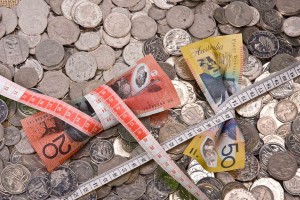
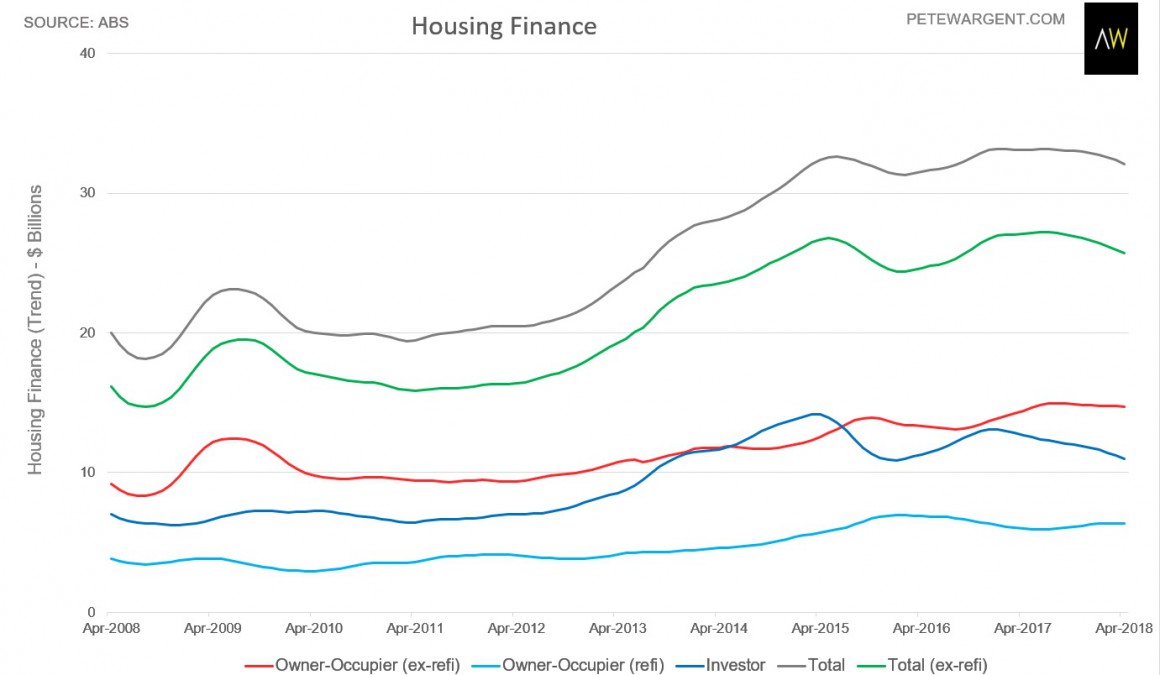
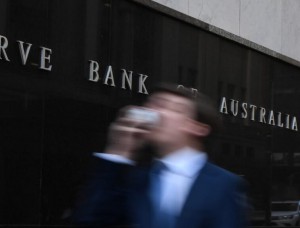


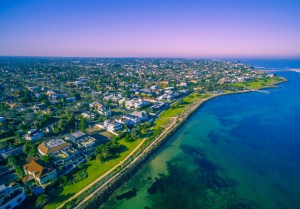
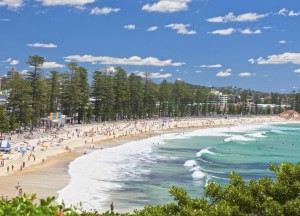

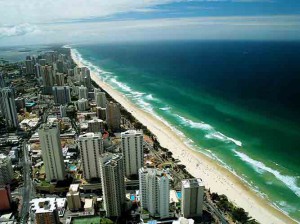






No comments:
Post a Comment